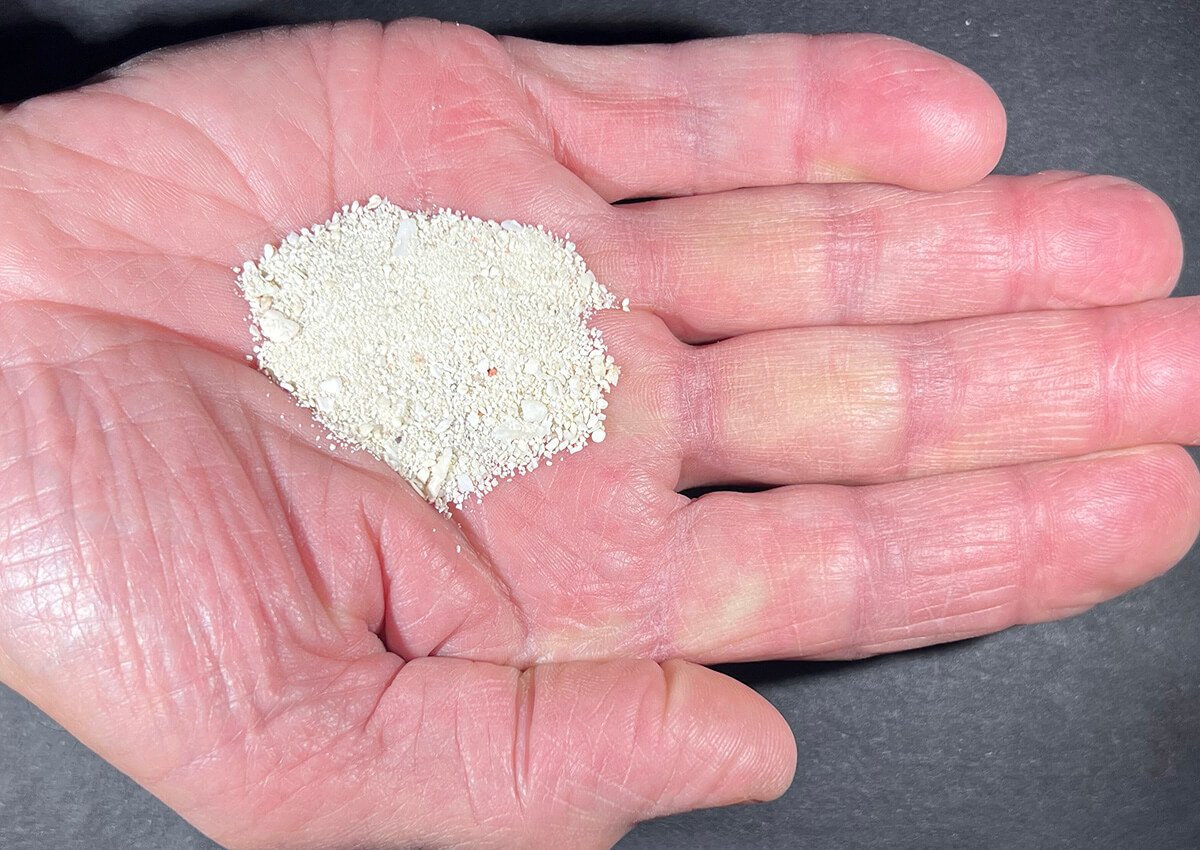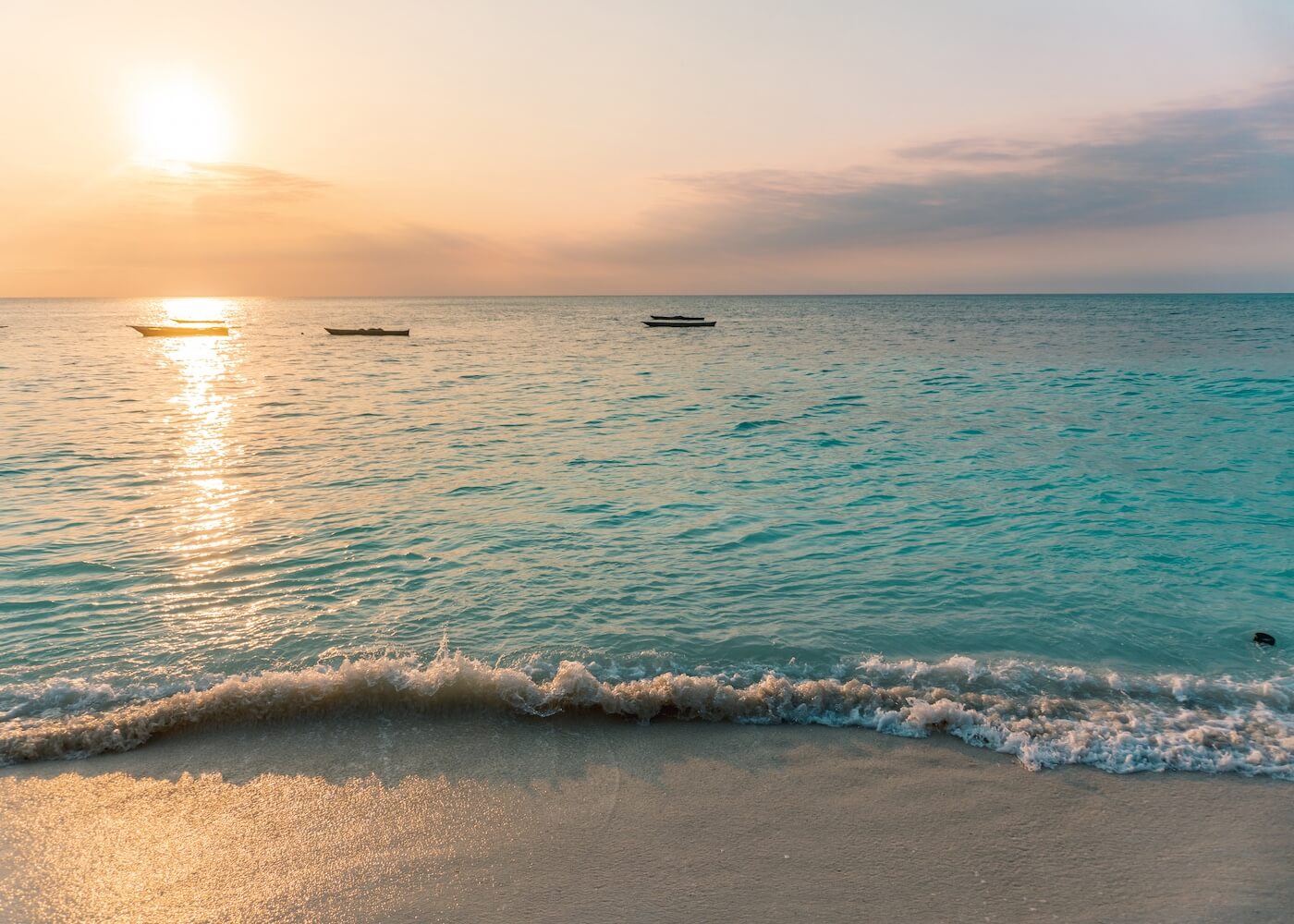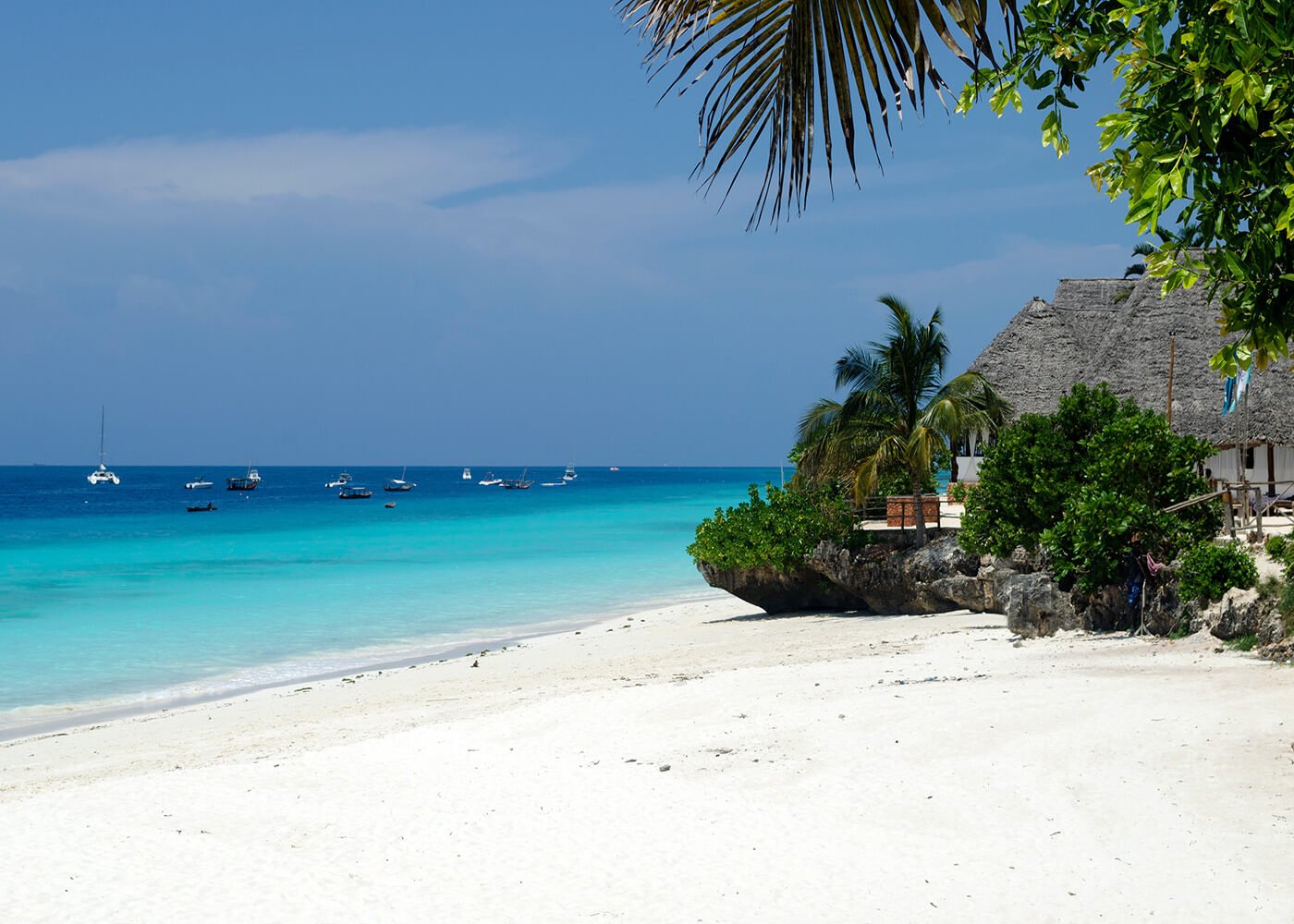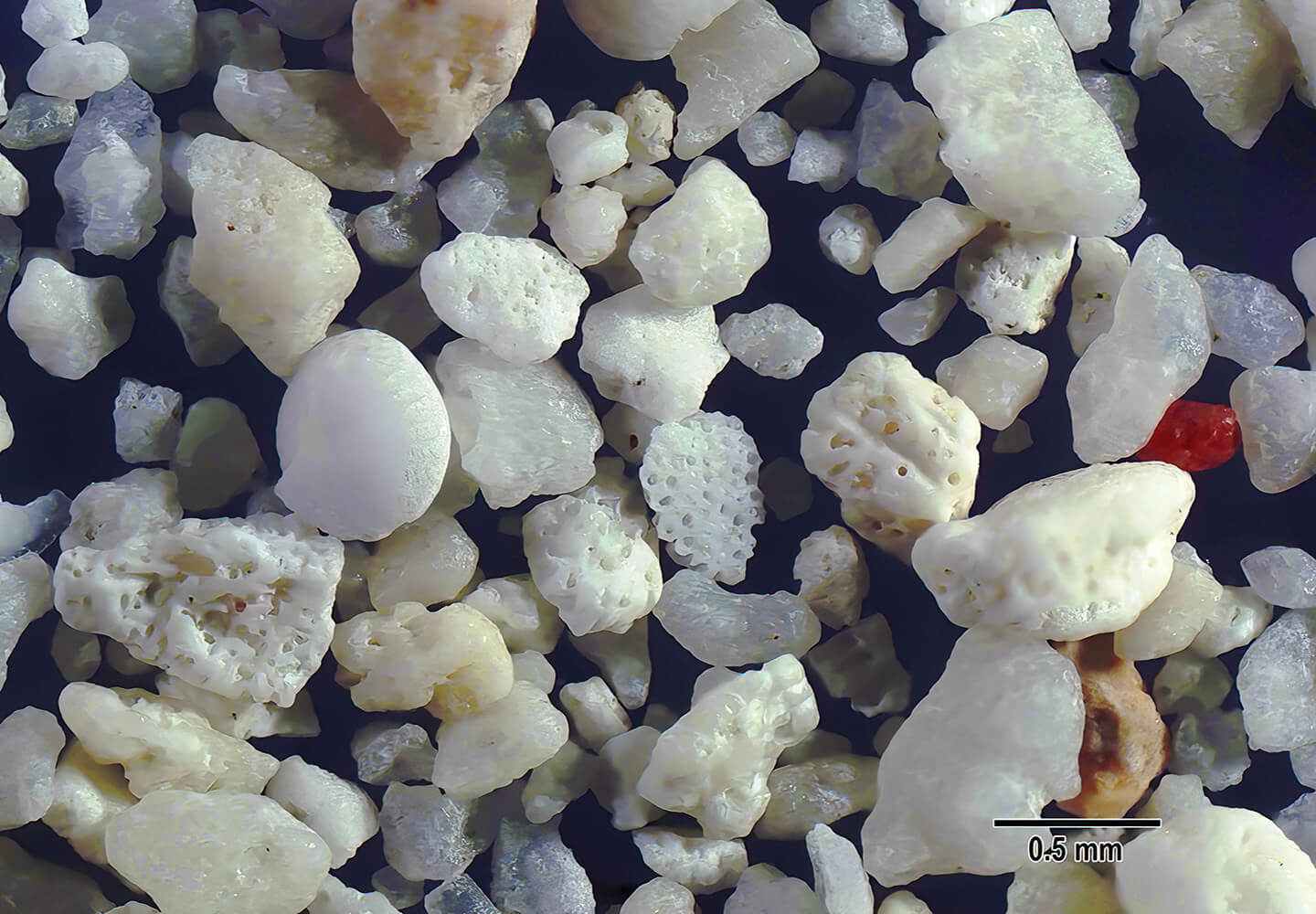
White and semitranslucent coral fragments make up this sample. Fragments with irregular holes represent evidence of bioerosion. One white fragment with evenly spaced linear arranged holes near the center is a Bryozoan fragment. The smooth bright white rounded fragment just left of center is likely a smoothly worn foram.
Geographic Overview
Zanzibar is a 600 square mile Tanzanian archipelago located 22 miles off the coast of East Africa. Nungwi Beach, located on the northern tip of Zanzibar, is home to powdery white sand, calm crystal blue waters, and exotic flora and fauna. Being near to the equator, the islands are warm year-round and untroubled by severe undulations of high and low tides.

Sand Location
See where this sand sample was collected on Google Maps.
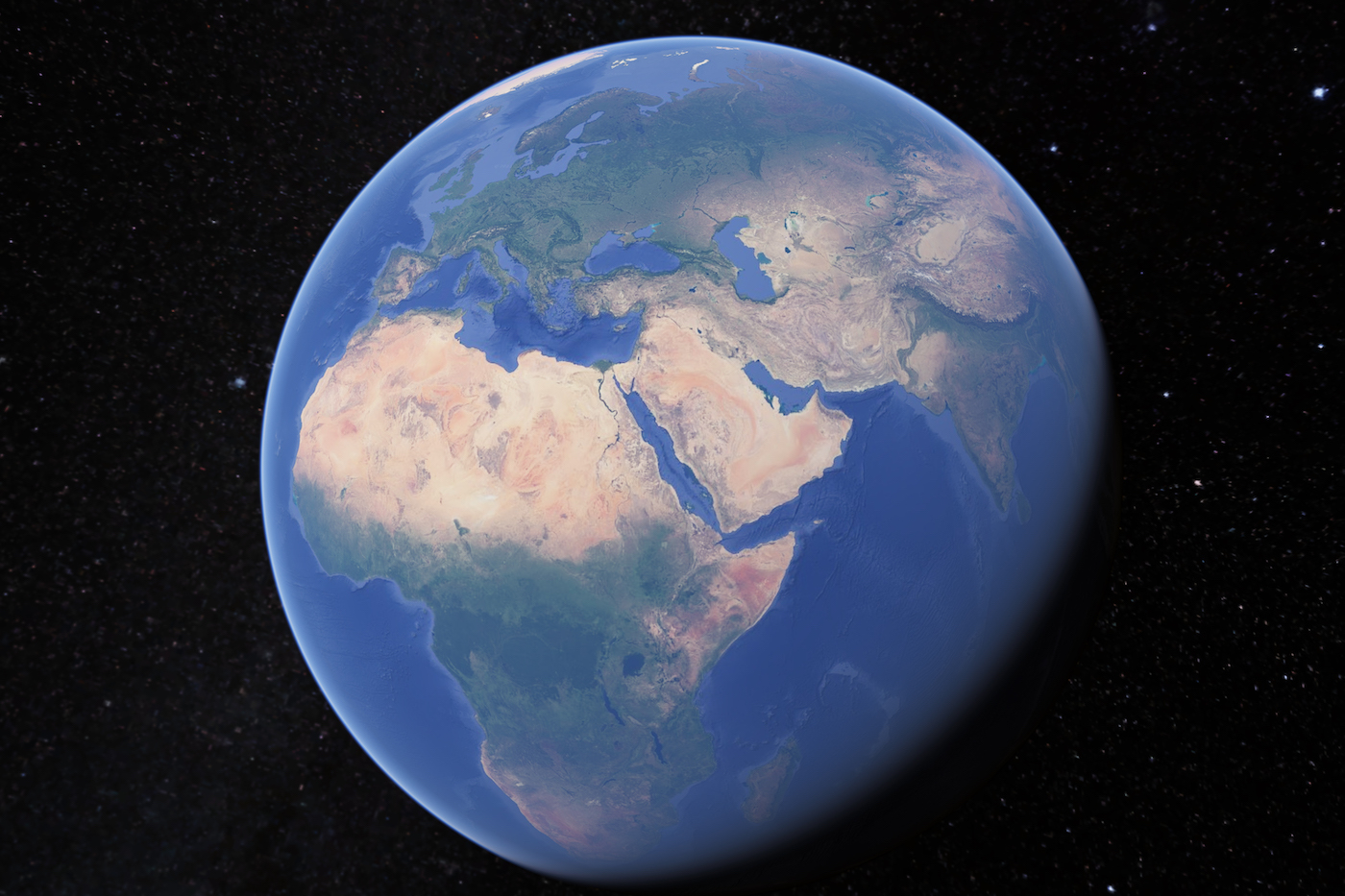
Virtual Sand Tour
Explore an interactive map of Nungwi Beach on Google Earth.
Sand Gallery
Benthic foraminifera are the dominant biogenic constituents on Zanzibar Island. Other common biogenic organisms are mollusks and corals. Bryozoans and ostracods are relatively less common, while sea urchins are occasional biogenic components.

Various bits of bleached coral fragments including pieces with holes and groves from bioerosion are present in this sample along with a small red Homotrema fragment in the left center and an elongated translucent sclerite with pointed ends located at upper right of center.

White and semitranslucent coral fragments make up this sample. Fragments with irregular holes represent evidence of bioerosion. One white fragment with evenly spaced linear arranged holes near the center is a Bryozoan fragment. The smooth bright white rounded fragment in the center is likely a smoothly worn foram.

In addition to a spectrum of white, off-white and translucent coral fragments of different sizes, two large thin-walled fragments are transparent enough to reveal the underlying coral fragments.

Rectangular white chunks of coralline algae along with red Homotrema rubra fragments are prominent in this view. An unidentified large cloudy marine fragment is present at the bottom right.

In addition to a mixture of small and large white and off-white marine fragments, red bits of coralline algae (Homotrema rubra) stand out in this view. A semitransparent off-white fragment with parallel linear rows is likely a mollusk shell fragment.

Small and large bits of bleached coral fragments, some with holes reflecting bioerosion, make up this sample. A centrally located elongated semitranslucent fragment with tapered ends in the center is a sclerite and a small piece of red coralline algae is near the upper center of this view.

Two elongated semi-translucent sclerites stand out against the spectrum of bits and pieces of coralline algae fragments.
